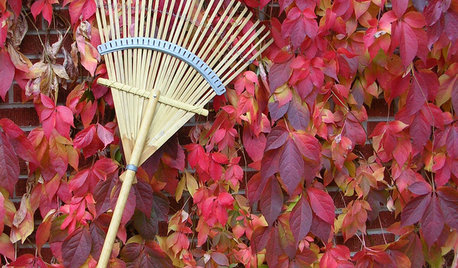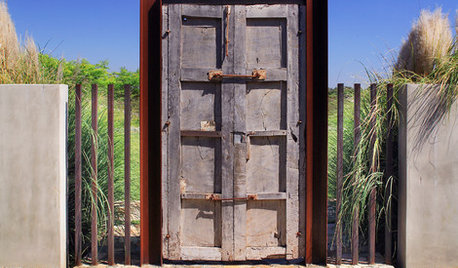Super Thrive
mr_grizzly
15 years ago
Featured Answer
Sort by:Oldest
Comments (12)
jean001
15 years agolast modified: 9 years agoKimmsr
15 years agolast modified: 9 years agoRelated Professionals
Summit Landscape Architects & Landscape Designers · White Oak Landscape Architects & Landscape Designers · Arlington Landscape Contractors · Cliffside Park Landscape Contractors · Fort Wayne Landscape Contractors · Muttontown Landscape Contractors · New Braunfels Landscape Contractors · Rancho Santa Margarita Landscape Contractors · Ronkonkoma Landscape Contractors · San Pedro Landscape Contractors · New Carrollton Landscape Contractors · Benton Decks, Patios & Outdoor Enclosures · Castle Rock Decks, Patios & Outdoor Enclosures · Hialeah Decks, Patios & Outdoor Enclosures · Randallstown Decks, Patios & Outdoor Enclosuresfrank1965
15 years agolast modified: 9 years agotapla (mid-Michigan, USDA z5b-6a)
15 years agolast modified: 9 years agothe_gurgler
15 years agolast modified: 9 years agodchall_san_antonio
15 years agolast modified: 9 years agoDan _Staley (5b Sunset 2B AHS 7)
14 years agolast modified: 9 years agodchall_san_antonio
14 years agolast modified: 9 years agoDavid_Sweden
9 years agolast modified: 9 years agokimmq
8 years agotapla (mid-Michigan, USDA z5b-6a)
8 years ago
Related Stories

REMODELING GUIDESLinoleum, the All-Purpose Flooring Wonder
Dashing in a rainbow of colors, able to be cleaned with ease and courteous to budgets everywhere, linoleum is a super choice for floors
Full Story
HOUZZ TOURSMy Houzz: Saturated Colors Help a 1920s Fixer-Upper Flourish
Bright paint and cheerful patterns give this Spanish-style Los Angeles home a thriving new personality
Full Story
HOUSEPLANTS8 Essentials for Healthy Indoor Plants
Houseplants add so much to our homes — and can thrive when grown in the right conditions. Keep these tips in mind
Full Story
FARM YOUR YARDHow to Farm Your Parking Strip
Get an up-close look at a thriving street-side edible garden, one of many sprouting up in Seattle
Full Story
GARDENING GUIDESYour November Garden Checklist
What to do around the U.S. this month to help your garden thrive — when you're not admiring fall's brilliant colors, that is
Full Story
COOL-SEASON CROPSCool-Season Vegetables: How to Grow Peas
Their sweetness isn't just for spring. Peas thrive in cool weather too, adding a garden-fresh note to soups, salads and more through fall
Full Story
HOUSEPLANTSHow to Grow Orchids Indoors
Orchids are the exotic aristocrats of the flower world and can make themselves comfortable in almost any home
Full Story
WHITEHow to Pick the Right White Paint
White is white, right? Not quite. See 8 white paint picks for 8 very different effects
Full Story
GARDENING GUIDESGarden-Friendly Native Alternatives to Overplanted Exotics
There are lots of gorgeous, wildlife-friendly native plants ready to make an appearance in your garden
Full Story
MATERIALSMesquite: The Brawny Beauty for All Over the Home
Denser than other hardwoods and sporting beautiful coloration, mesquite makes a fine material for flooring, countertops, furniture and more
Full StoryMore Discussions









Eden Organics inc.